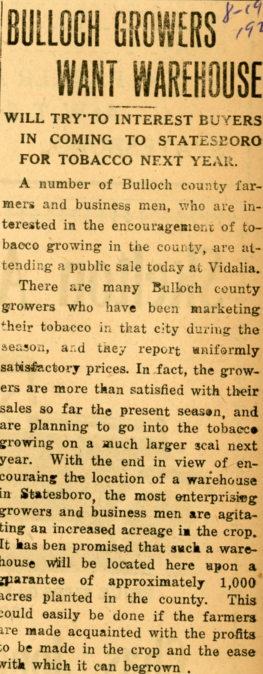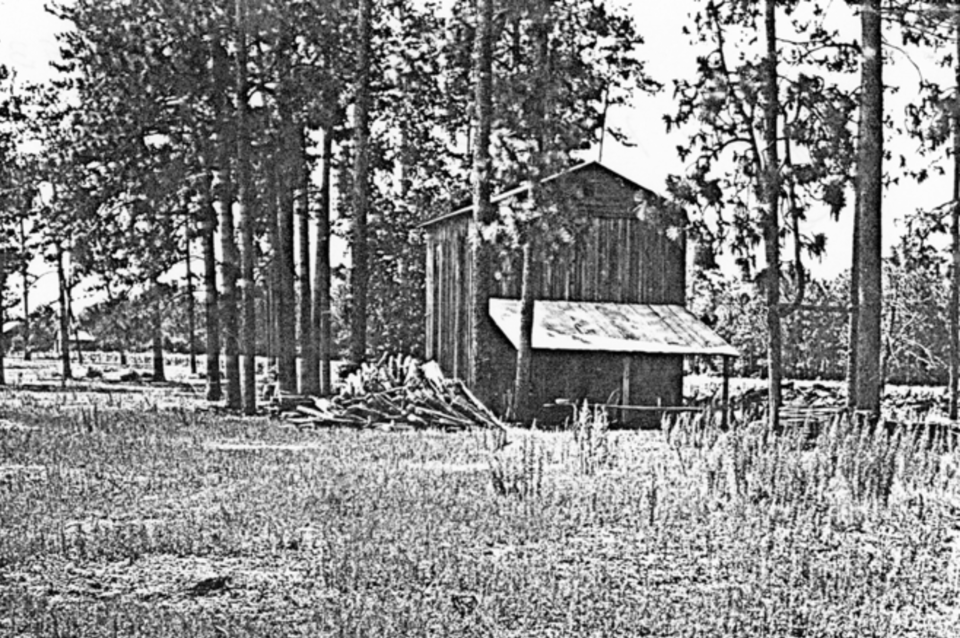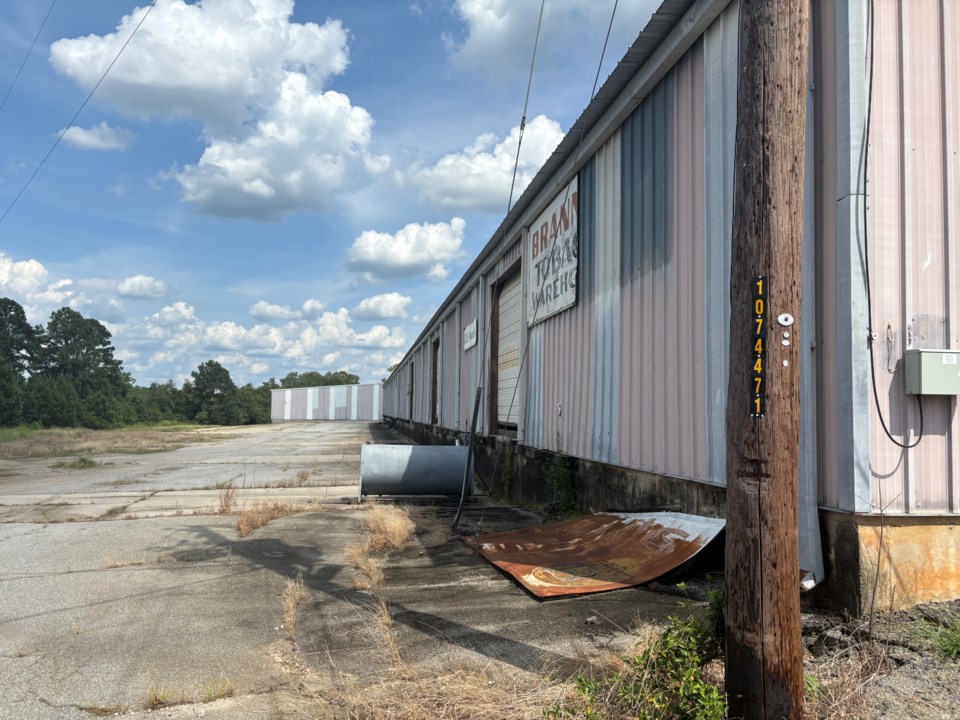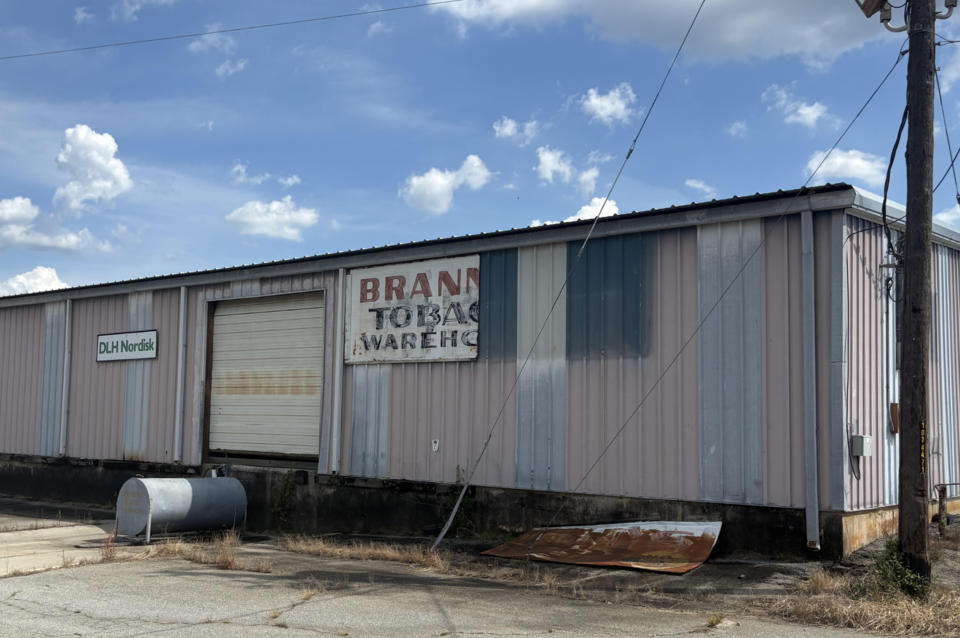Tobacco has been a part of America's history for a long time, first brought to America via Spain and England in the 16th century. Through the years, it has shaped many parts of our culture's economy, including the small yet rapidly growing city many of us call home: Statesboro, Georgia.
It all started with the growing belief that tobacco had healing properties and a couple farmers, with figures like Ralph Lane being credited as the first English smoker in Virginia. By the 17th century, the use of tobacco had spread widely, planting the seeds for a thriving industry all over the country for decades to come and deeply influencing small towns all over.
In Bulloch County specifically, interest in tobacco had a slow start. In the late 1800s, tobacco gradually began to spread throughout the county, with farmers like Nick Foss appearing in markets and local magazines, gaining even more momentum in the early 1900s where local farmers began to grow the tobacco community.
At a meeting in Ivanhoe, a man by the name W. P. Smith of Pineora became a great influence, encouraging farmers to give tobacco a try and claiming that the soil in Bulloch County was well suited to grow the sticky crop. His prediction proved to be accurate, and soon enough, the tobacco industry began booming, with other interesting characters such as J.F. Fields, who provided seeds ad guidance to encourage the crop interest, keeping the river flowing with momentum.
Soon enough, tobacco warehouses started popping up all over the region, including Douglas, Vidalia, Nashville and Hazelhurst—and yet even still, Statesboro had yet to claim a warehouse of its own. After observing the success in Vidalia, many Statesboro residents quickly caught on and realized that they would need a warehouse of their own. While this was no easy effort, their idea soon came to fruition.
In 1920, "tobacco clubs" had begun to form, which were used to coordinate planting on sufficient acreage and to support the need for a warehouse in Statesboro. By 1928, the first sales at the Statesboro warehouse totaled 2,306,288 pounds of tobacco and brought in more than $248,000, a major economic boost for a small town and a trend that ultimately changed Statesboro's future for the better.
"The important part was about establishing a warehouse," said Brent Tharp, a history professor at Georgia Southern University and the director of the Georgia Southern Museum. "There were a lot of people farming, but the ones that really moved it forward is those that ended up developing companies and working with out-of-state companies to develop a warehouse."

The Brannen family and many other prominent families also played key rolls in expanding the market, establishing warehouses and connecting Statesboro to larger tobacco operations throughout the country. Their efforts, as well as the effort of many others, turned tobacco market days into community celebrations and helped secure the crop's place in Bulloch County's economy for years.
With all this progress in mind, picking and preparing tobacco was never an easy feat--it was a labor intensive process involving picking from the bottom of the stalks as they matured to prevent weather damage and then transportation to drying houses for curing.
The work was sticky, exhausting and often described as a 'nasty' process, with curing fires filling barns to the brim with smoke until the leaves were ready for the market in the summer months.
Tobacco farming, despite all the time, effort, and hard work that went into preparing the crop, became a cornerstone of Statesboro, offering an alternative from cotton, which many found to be a little too vulnerable to pests like the boll weevil.

However, the industry eventually began to decline as health risks associated with tobacco became more widely known, and increased production of cotton—following the elimination of the boll weevil—along with peanuts created strong competition, leading to decreased demand and a drop in tobacco production.
By the early 2000's, local tobacco farming had all but ended, leaving behind traces of a history shaped by the hands of those who helped define much of Bulloch County's agricultural past.




